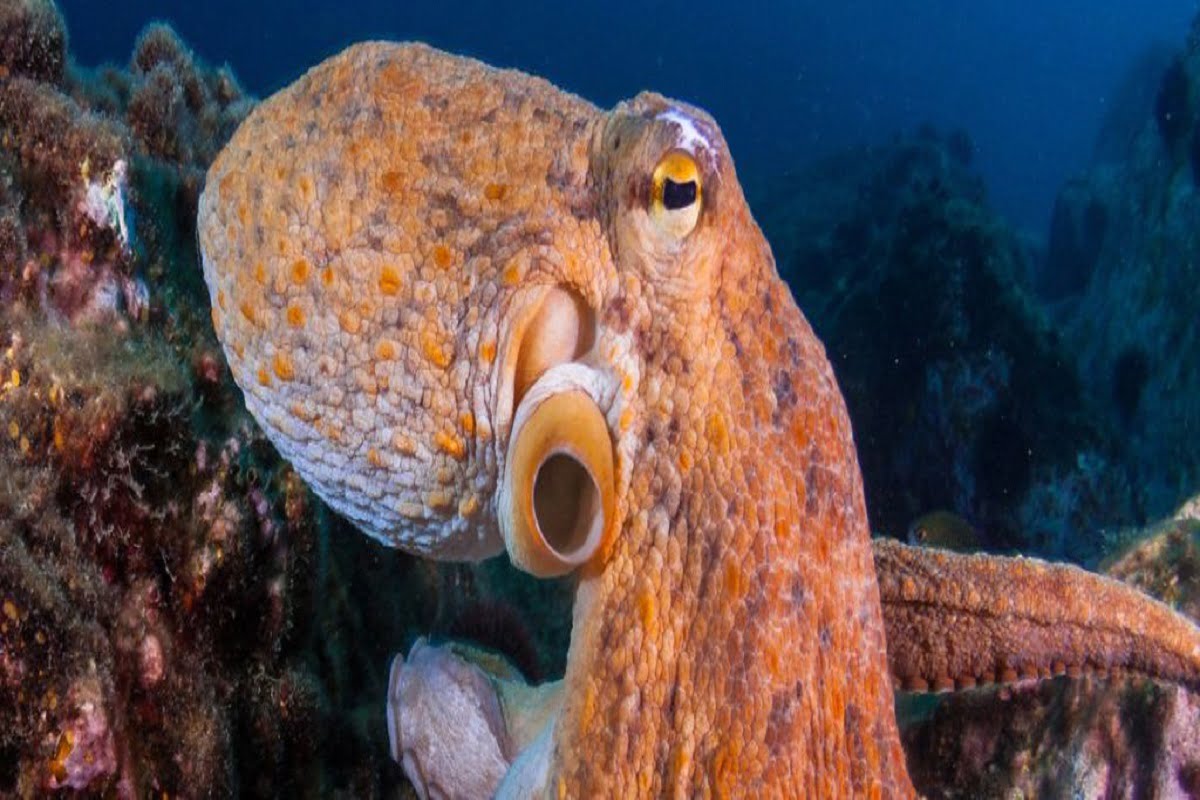After examining the cells of the optic lobe of the octopus, scientists found surprising information. Like humans, the optic lobes of octopuses have similarities and differences at the same time. Similarities between octopuses and humans can be found in the evolution of the optic lobes over time.

The way the retina, pupil, and lens work is almost the same in humans and octopuses. This information surprised the scientists. However, many differences can be observed between the size and behavior of humans and octopuses. However, the size of the brain of the octopus is quite large.
Two-thirds of the central processing unit of the octopus’s brain is devoted to vision alone. Their vision system works better than humans in many ways. This sea animal can see clearly even in the dark. Even the screens on the octopus’s body can sense and describe the presence of surrounding objects. This adaptation technique of the octopus is truly incredible.
The young generation of the octopus lives with a fully functioning brain. But the brain seems to be getting richer. Octopus has a contrast with humans in this regard. Octopus neurotransmitters influence whole-body functions. The same is the case with humans.
Hormones released from human neurotransmitters are similar to those released from octopus neurotransmitters. This hormone helps in the functioning of the nervous system and body functions. In fact, scientists are trying to understand how the octopus’s visual system works, develops over time, and how it resembles and contrasts with humans.
Different types of cells can be observed in the optic lobe of the octopus. Their neurons are not connected to each other. However, it takes years for an octopus to develop such a large brain. Scientists will continue to do more research on this topic.
